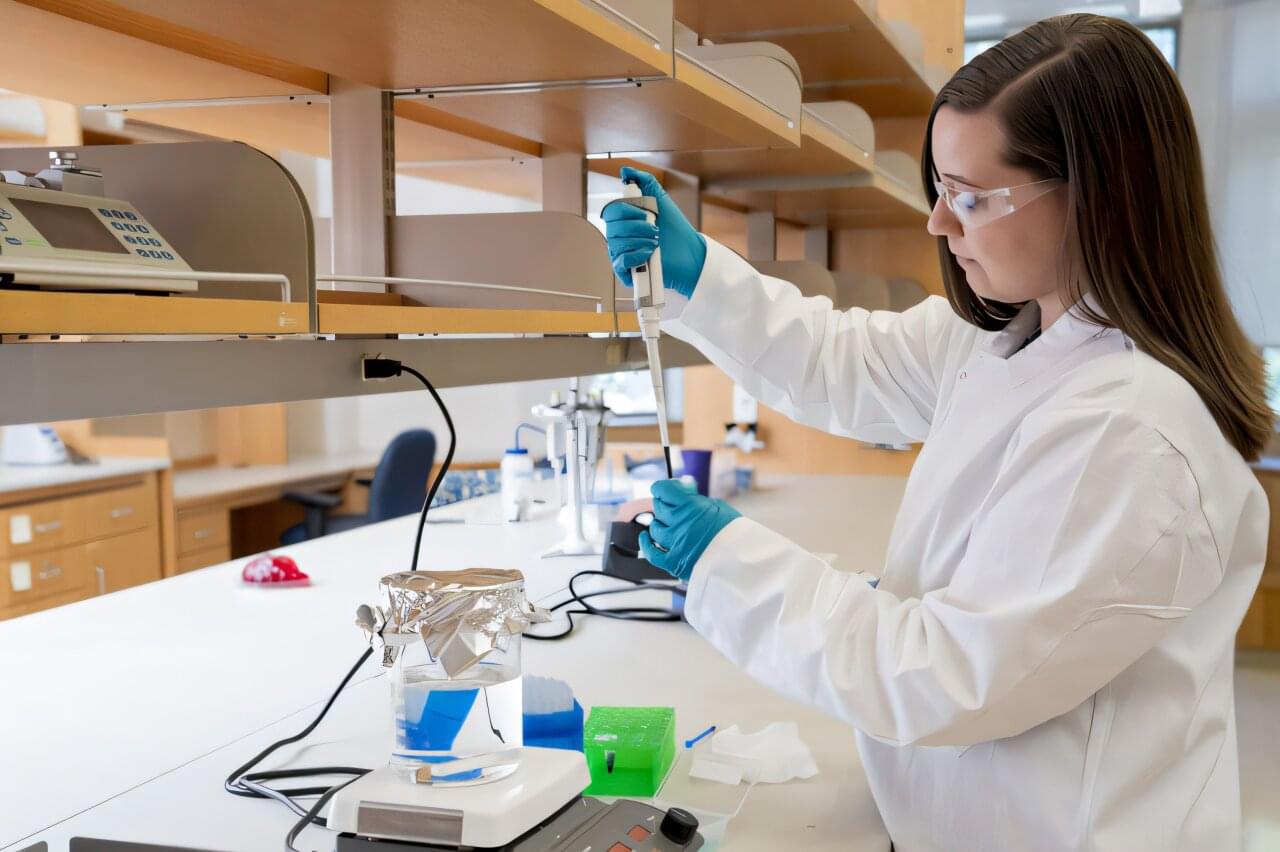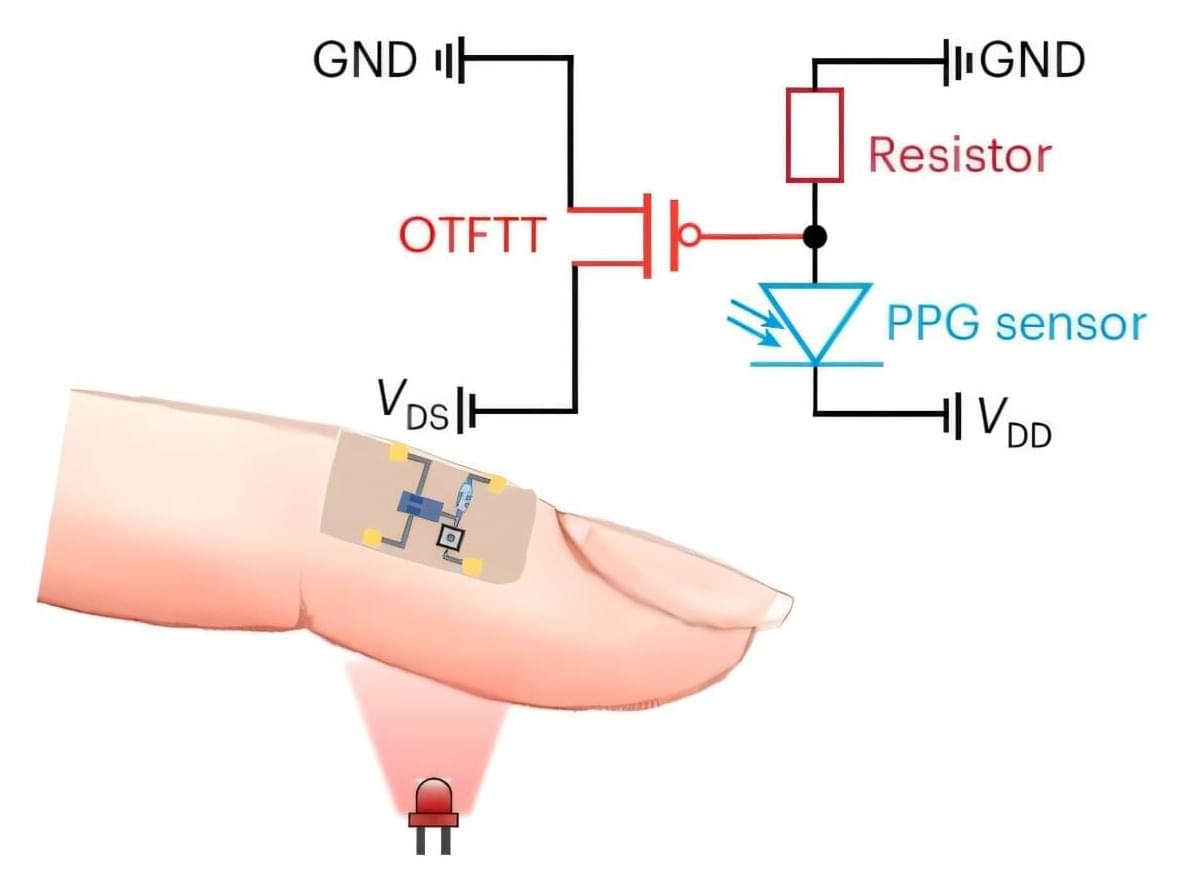Wearable or implantable devices to monitor biological activities, such as heart rate, are useful, but they are typically made of metals, silicon, plastic and glass and must be surgically implanted. A research team in the McKelvey School of Engineering at Washington University in St. Louis is developing bioelectronic hydrogels that could one day replace existing devices and have much more flexibility.
Alexandra Rutz, an assistant professor of biomedical engineering, and Anna Goestenkors, a fifth-year doctoral student in Rutz’s lab, created novel granular hydrogels. They are made of microparticles that could be injected into the body, spread over tissues or used to encapsulate cells and tissue and also to monitor and stimulate biological activity. Results of their research were published Oct. 8 in the journal Small.
The microparticles are spherical hydrogels made from the conducting polymer known as PEDOT: PSS. When packed tightly, they are similar to wet sand or paste: They hold as a solid with micropores, but they can also be 3D printed or spread into different shapes while maintaining their structure or redistributed into individual microparticles when placed in liquid.









